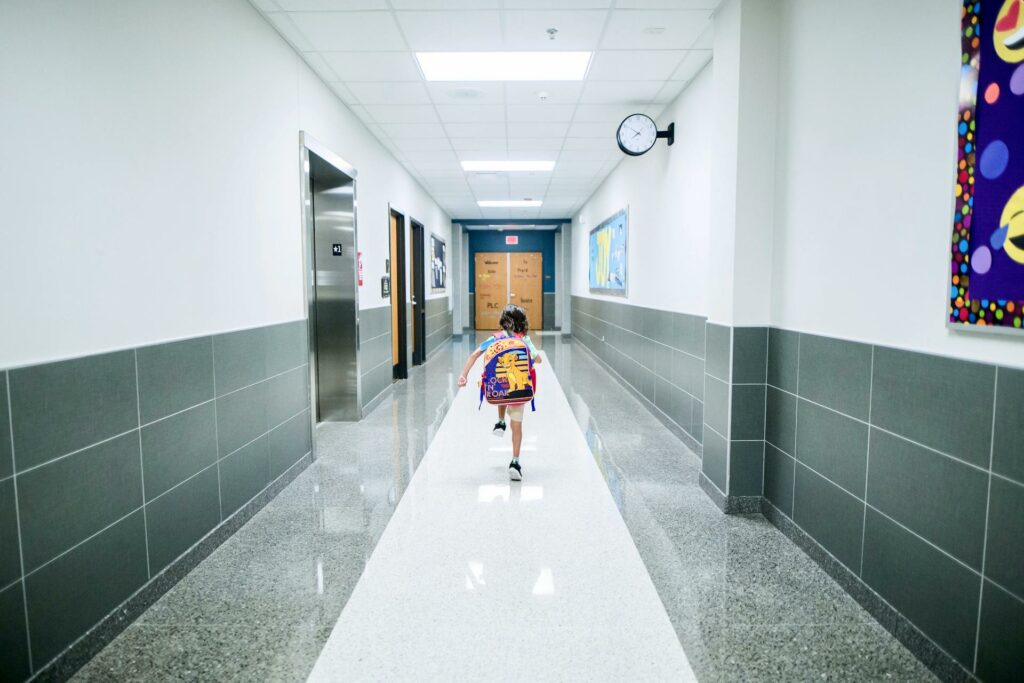As artificial turf heats up, school and childcare leaders and staff need specific guidance and safety education to prevent heat illnesses and injuries to children and youth.
By Ellie Goldberg, www.healthy-kids.info
High temperatures increase risks of heat stress during physician education, sports, and other outdoor activities such as marching bands and cheerleading practice. And the danger increases as temperatures and humidity rise, especially on artificial turf fields that get significantly hotter than natural grass.
Competitive games can be particularly risky if teachers, coaches, parents, and camp counselors do not know the signs of heat exhaustion or heat stroke, if they encourage players to ignore dizziness, cramps, headache, dehydration, or nausea, or are unprepared to provide emergency care such as cooling ice-packs.
High heat can also worsen breathing hazards such as ground-level ozone or other air pollutants. Sunny days can increase volatilization of toxic chemicals from plastics in artificial turf and the shredded tire crumb infill.
Forty percent of school-age children have one or more preexisting chronic illnesses(CDC), and may take medications, so physical exertion on artificial turf in hot humid weather can be especially dangerous. Some medications increase sweating, others impair sweating, lower blood pressure, or impair cognitive functioning.
Schools and organizations should establish guidelines and warning signs, says Laura Spark, Environmental Health ProgramDirector, Clean Water Action MA, “Given the increases in extremet emperatures, coaches, teachers and parents must take precautions to prevent heat stroke, take responsibility to alert players to hazardous conditions, andbe prepared to respond to emergencies and other heat- related illnesses as well as concussions, abrasions, and orthopedic injuries.”
SUGGESTED RESOURCES
US Soccer Recognizeto Recover, a comprehensive player health and safety program, providesinformation and guidelines for players, parents, coaches and referees to makesure the desire to play does not cloud the decision-making process when itcomes to evaluating environmental conditions.
Resourcesfor schools from www.healthy-kids.info
Heat Illness Prevention, Best Practices and EmergencyPreparedness





